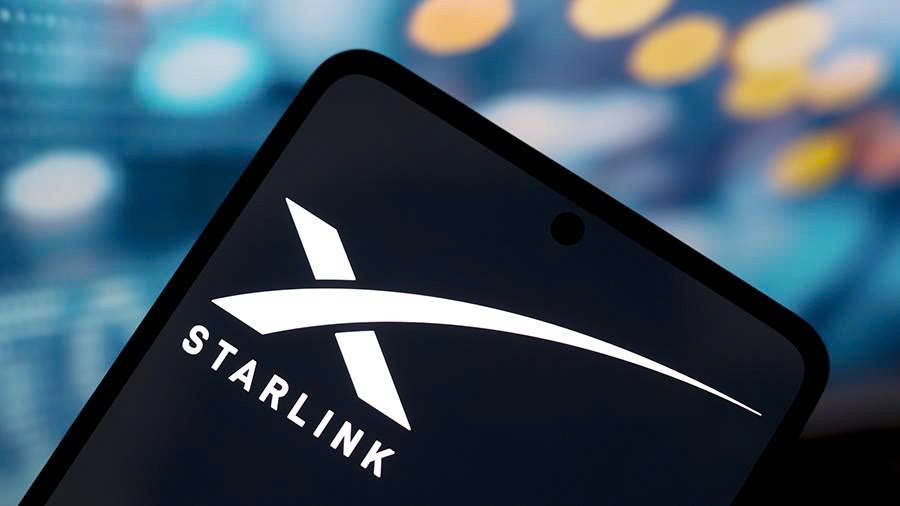Deputy Prime Minister Ho Duc Phoc has officially handed over the decision allowing SpaceX to pilot its satellite Internet services in Vietnam. Under the regulation, SpaceX is required to establish a local company in Vietnam to implement the service.
The pilot program for low Earth orbit (LEO) satellite telecommunications services will be carried out over a five-year period.

During his recent visit to the United States, Deputy Prime Minister Ho Duc Phoc delivered the Prime Minister’s Decision No. 659 (dated March 23), which authorizes SpaceX - the provider of Starlink satellite Internet - to begin a nationwide pilot program under strict regulatory oversight.
To proceed, SpaceX must apply for a telecommunications service license and a frequency license in Vietnam. Crucially, the company must also establish a legal entity within Vietnam to qualify for business operations.
The trial period will last for up to five years, beginning on the date SpaceX’s Vietnamese entity is licensed to operate, but must conclude before January 1, 2031.
The Prime Minister’s decision outlines a set of mandatory conditions for both SpaceX and its local business. These include the permitted types of services, coverage areas, subscriber caps, frequency allocations, and stringent requirements regarding national defense and security.
Approved services encompass fixed satellite offerings (including Internet access and leased channels for mobile base stations) and mobile satellite services (such as Internet connectivity at sea and in-flight). The subscriber cap for the pilot phase is 600,000, covering both direct subscribers to SpaceX’s Vietnam-based entity and users via telecom resellers.
Founded by billionaire Elon Musk, SpaceX plans to invest USD 1.5 billion in deploying Starlink across Vietnam. The goal is to provide broadband Internet access nationwide, especially in remote, border, and island areas where traditional telecom infrastructure is limited.
Commenting on the decision, Vu The Binh, Vice President and General Secretary of the Vietnam Internet Association, said the move signals a positive step for national Internet infrastructure. It introduces more broadband options, especially for areas not yet served by fiber optics.
While Vietnam leads the ASEAN region in Internet user penetration, broadband availability is still uneven. According to the Authority of Telecommunications, mobile networks cover 99.8% of the population, but only 58% of the mainland and 14.5% of Vietnam's total territory (including maritime zones).
Roughly 17% of households are still without fiber-optic access, mainly in remote and hard-to-reach regions.
Vu The Binh noted that piloting Starlink satellite services will help bridge the "digital divide," enabling broader digital service access across the country, particularly in underserved areas where fixed broadband or 4G/5G coverage is limited.
However, Starlink’s business model in Vietnam has yet to be disclosed. In other countries, service costs are relatively high - about USD 99/month (approximately VND 2.4 million), excluding equipment costs.
By comparison, Vietnam’s fiber-optic Internet packages range from VND 200,000 to 500,000/month (USD 8 to 20). Additionally, satellite Internet tends to have higher latency and is susceptible to weather disruptions, making it an unlikely full replacement for traditional infrastructure.
Thai Khang